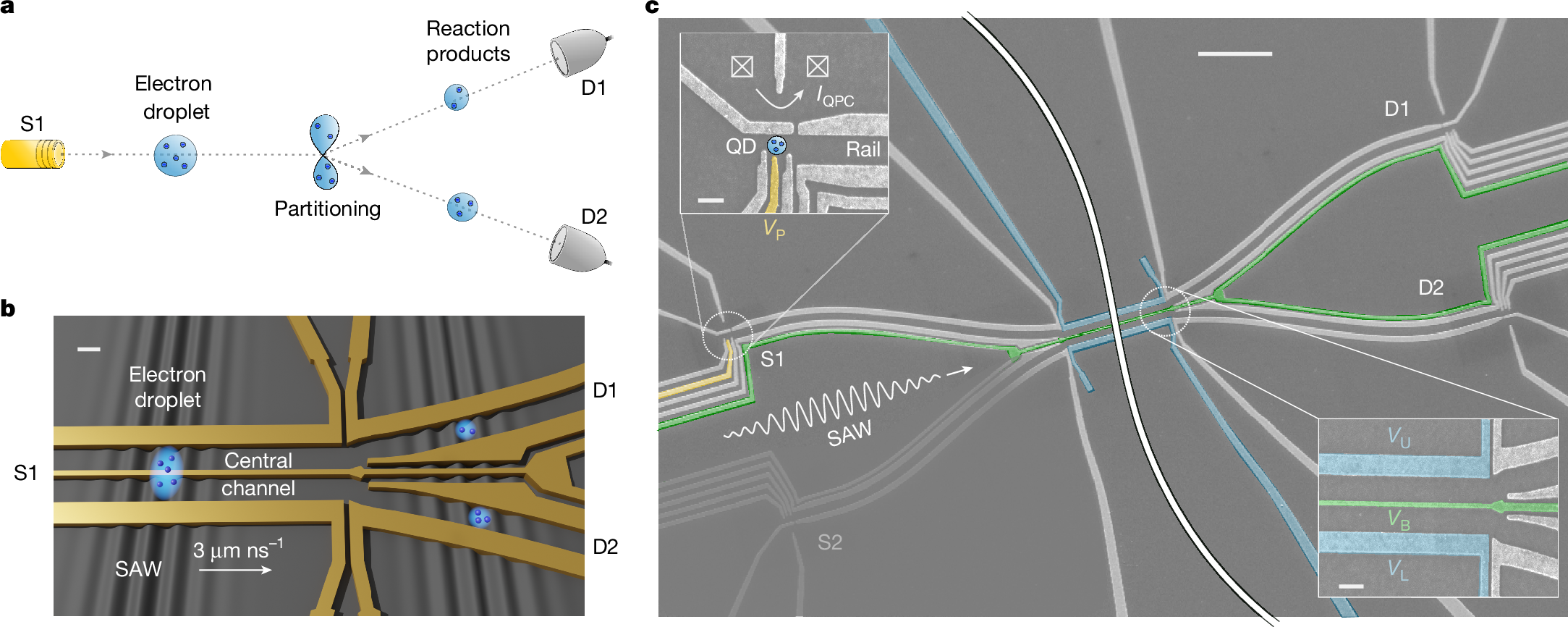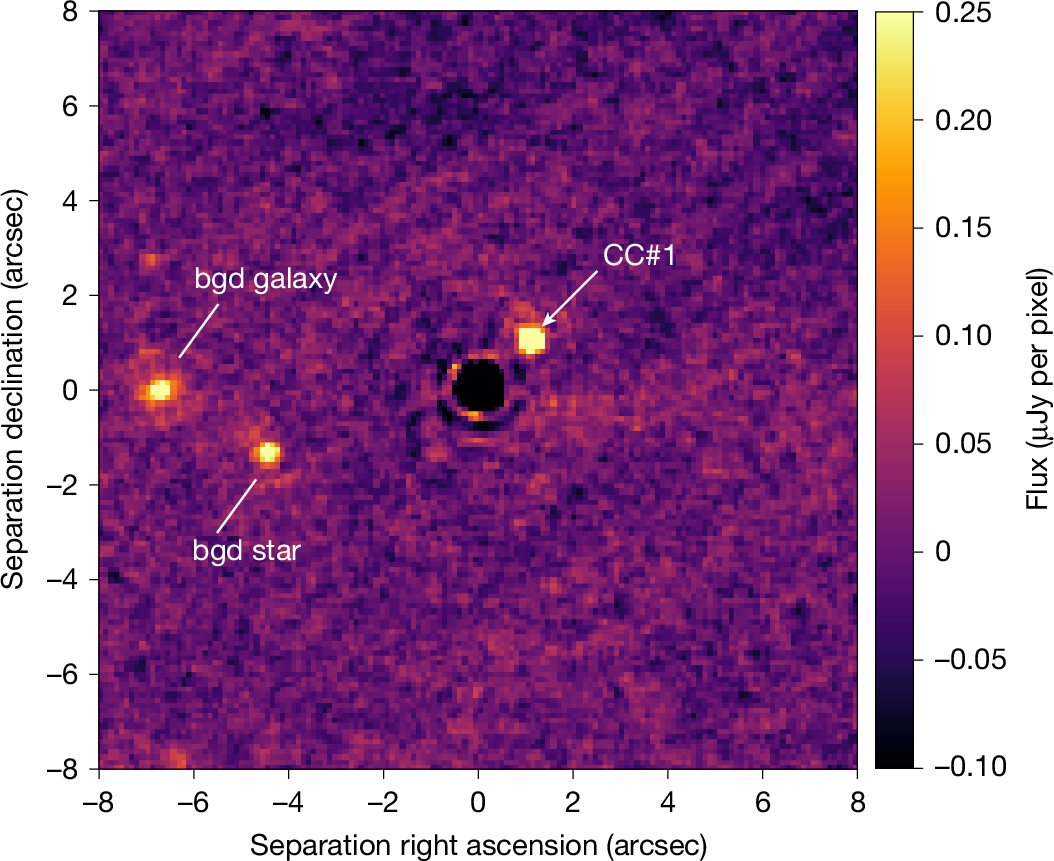2025-06-25 フランス国立科学研究センター(CNRS)
<関連情報>
- https://www.cnrs.fr/en/press/three-electrons-are-enough-unprecedented-experiment-sheds-light-laws-matter
- https://www.nature.com/articles/s41586-025-09139-z
数電子液滴におけるクーロン液相の証拠 Evidence of Coulomb liquid phase in few-electron droplets
Jashwanth Shaju,Elina Pavlovska,Ralfs Suba,Junliang Wang,Seddik Ouacel,Thomas Vasselon,Matteo Aluffi,Lucas Mazzella,Clément Geffroy,Arne Ludwig,Andreas D. Wieck,Matias Urdampilleta,Christopher Bäuerle,Vyacheslavs Kashcheyevs & Hermann Sellier
Nature Published:25 June 2025
DOI:https://doi.org/10.1038/s41586-025-09139-z

Abstract
Emergence of universal collective behaviour from interactions within a sufficiently large group of elementary constituents is a fundamental scientific concept1. In physics, correlations in fluctuating microscopic observables can provide key information about collective states of matter, such as deconfined quark–gluon plasma in heavy-ion collisions2 or expanding quantum degenerate gases3,4. Mesoscopic colliders, through shot-noise measurements, have provided smoking-gun evidence on the nature of exotic electronic excitations such as fractional charges5,6, levitons7 and anyon statistics8. Yet, bridging the gap between two-particle collisions and the emergence of collectivity9 as the number of interacting particles increases10 remains a challenging task at the microscopic level. Here we demonstrate all-body correlations in the partitioning of electron droplets containing up to N = 5 electrons, driven by a moving potential well through a Y-junction in a semiconductor device. Analysing the partitioning data using high-order multivariate cumulants and finite-size scaling towards the thermodynamic limit reveals distinctive fingerprints of a strongly correlated Coulomb liquid. These fingerprints agree well with a universal limit at which the partitioning of a droplet is predicted by a single collective variable. Our electron-droplet scattering experiments illustrate how coordinated behaviour emerges through interactions of only a few elementary constituents. Studying similar signatures in other physical platforms such as cold-atom simulators4,11 or collections of anyonic excitations8,12 may help identify emergence of exotic phases and, more broadly, advance understanding of matter engineering.



